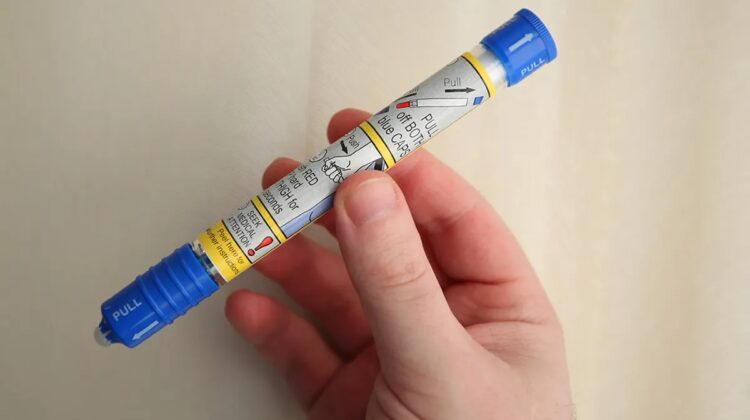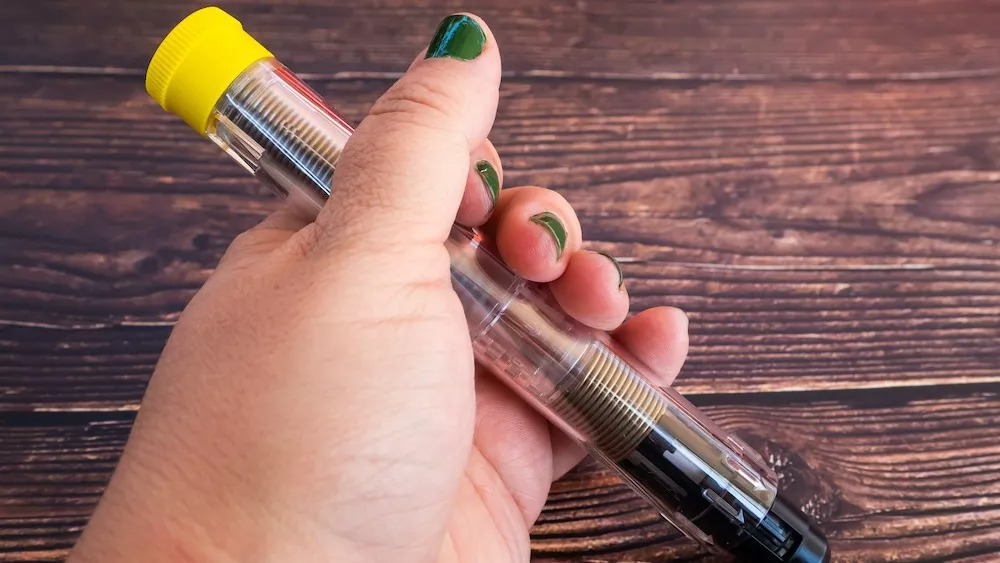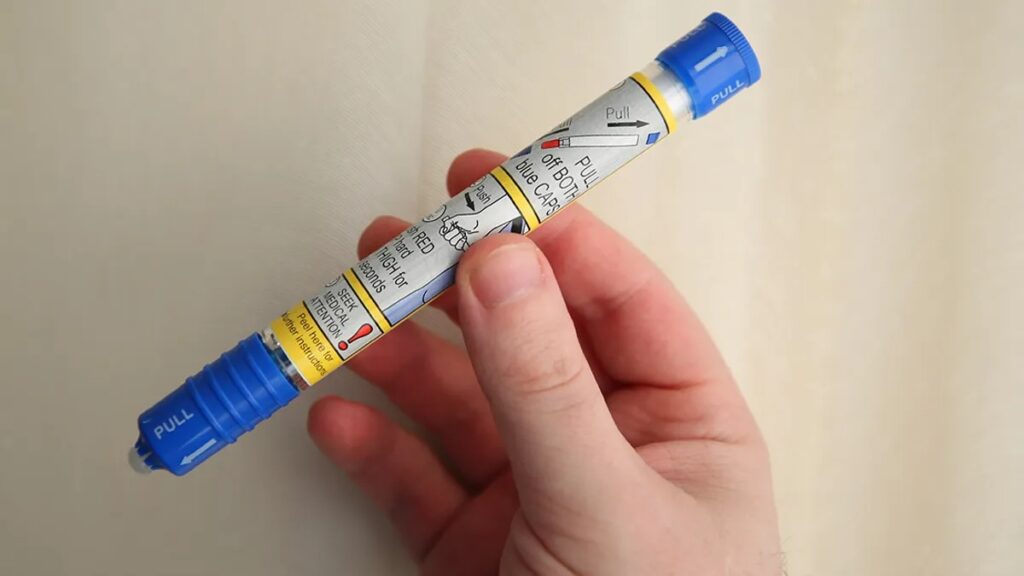
A group of elementary school students from St. Brother André Elementary School in Canada has made an exciting discovery about EpiPens that even NASA didn’t know. The students, aged 9-12, designed an experiment to send EpiPen samples to space as part of the Cubes In Space project, to test the effect of cosmic radiation on epinephrine, the hormone inside EpiPens used to treat severe allergic reactions.

NASA selected their project, and the students had the chance to launch epinephrine samples into space. One “cube” containing the samples was sent up in a rocket, while another made its way to the edge of space in a high-altitude balloon. When the samples were returned, they were analyzed at the John Holmes Mass Spectrometry Core Facility at the University of Ottawa.
The analysis revealed that the epinephrine had turned toxic in space due to the effect of cosmic radiation, with only 87% purity remaining. The other 13% had transformed into “extremely poisonous” benzoic acid derivatives. This discovery raises questions about the efficacy of EpiPens for outer space applications, and the children will present their findings to NASA in June.

Professor Paul Mayer of the Faculty of Science’s Department of Chemistry and Bimolecular Sciences at the University of Ottawa said in a press release that “This result raises questions about the efficacy of an EpiPen for outer space applications and these questions are now starting to be addressed by the kids.”
The children are now designing their own protective capsule to house and protect epinephrine in space. This exciting discovery shows how anyone, regardless of age, can contribute to scientific research and make meaningful discoveries.

Leave a Reply